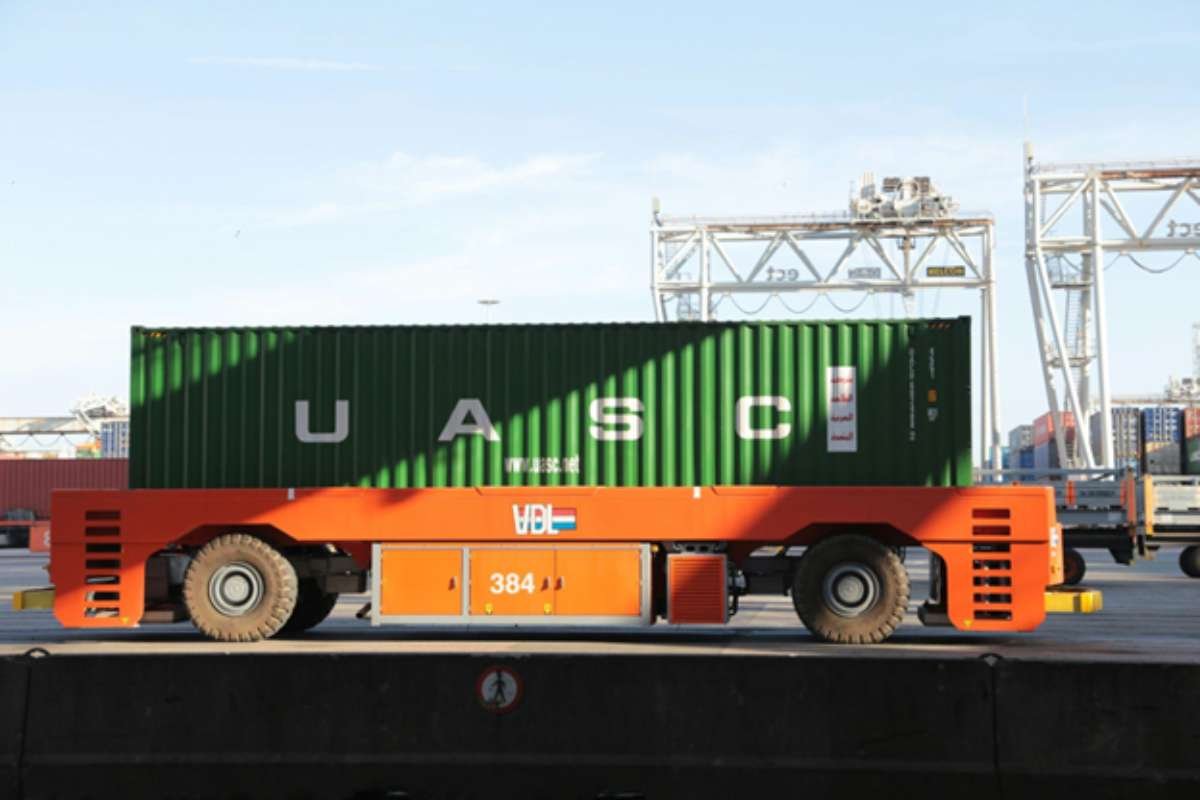By Jamie Fernandes, Chief Product Officer, ETQ
Description: The growth drivers to low-code/no code application development, its challenges and limitations and a real world example of effective deployment.
Not long ago, it wasn’t uncommon for a new application deployment to take a year or more. Today, that timeframe is measured in weeks. What has changed?
Traditional, full-code waterfall application development, with its focus on a sequential define-develop-test-deploy-maintain approach has given way for many enterprises to low-code/no-code development, a faster, more accessible method for developing and modifying applications using intuitive tools without extensive coding. Low-code and no-code development systems fulfill ever-increasing demands for fast application delivery and highly customized automation workflows.
In addition to putting control back in the hands of users who know their needs best, low- code and no-code systems are also credited with improving developer productivity by enabling professional developers to streamline aspects of the development process.
According to Gartner, the no-code/low-code platform market is forecast to grow almost 20% in 2023 to $10 billion and reach $12.3 billion in 2024. This growth is not surprising when you consider the following:

- Tech Talent Shortage. The market for low-code/no-code platforms is driven in large part by a global shortage of skilled software developers, a situation that is expected to continue throughout this decade. Low-code/no-code platforms enable companies to quickly get development projects off the ground without the need for professional developers.
- Focus on Cost. As companies become ever more mindful of their tech spend, low- code/no-code solutions can offer an accelerated, less expensive alternative to custom software development which involves professional developers, longer development cycles and more comprehensive support programs.
- Need to reduce IT backlogs. Low-code/no-code is also having a significant impact by reducing application enhancement backlogs in IT departments, and application requests from end users that haven’t yet been addressed. In many companies, this backlog is years long. With no-code/low-code, users can actually create and/or modify applications themselves rather than waiting in a queue for their needs to be addressed.
- Agile Development. Many companies today follow the Agile methodology of software development, where teams work together in incremental cycles to continuously improve. Key drivers of Agile development are flexibility and speed. Low-code/no-code application development can empower those teams with a faster approach to continuous software development based upon pre-defined elements and templates and drag and drop interfaces.
- Growth in cloud-native applications. Growth in low-code/no-code is driven in part by the increased adoption of cloud-native technologies as organizations rapidly embrace the benefits and availability of the cloud. The advantages of cloud-native software development include increased agility, lower hosting costs, faster time to market, and improvements to user experience.

Varian Medical Systems Leverages Low-Code/No-Code to Ensure Compliance
Today’s enterprise software providers are increasingly opening up their code to enable greater customization and innovation of critical systems. Take for example, Varian Medical Systems, a leading manufacturer of medical devices and software for treating cancer and other medical conditions. As a global life sciences company, it must adhere to FDA regulations and those of other regulatory bodies around the world.
While its quality management system was able to provide a good level of visibility and oversight to meet the specific requirements of its market, Varian wanted to customize the system to add a new layer of compliance management and streamline core field action processes. It used low-code/no-code modules within its quality management system (QMS) to enable compliance and standardization of key processes and integrate with other quality records, such as meeting records or complaints and risk assessments, to more easily gather information supporting the field action.
Understand the Landscape and the Limitations

While low-code/no-code development is on the rise, helping companies roll out almost-ready-made solutions quickly, cost effectively and with less risk, it is essential to understand that it can come with sacrifices to scalability, flexibility and integration with existing tools.
Solutions won’t always have a customized front-end, they may not have industry-first capabilities and they’re often viewed as software commodities. Yet, maybe it isn’t always about the technology that drives the outcome, but the user experience it delivers.
One of the hallmarks of a successful organization is striking the right cost/benefit balance. For today’s organizations, faced with labor shortages, tight profit margins, and a need for speed, knowing when heavy-lifting custom software development is required and when low code/no code offers a better, more cost-effective approach can mean the difference between success and failure.
Jamie Fernandes is Chief Product Officer at ETQ, where he leads the product management, user experience, and market strategy functions for the company’s popular Reliance quality management software (QMS).






